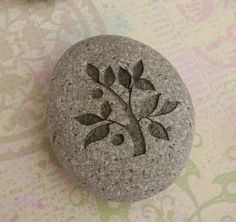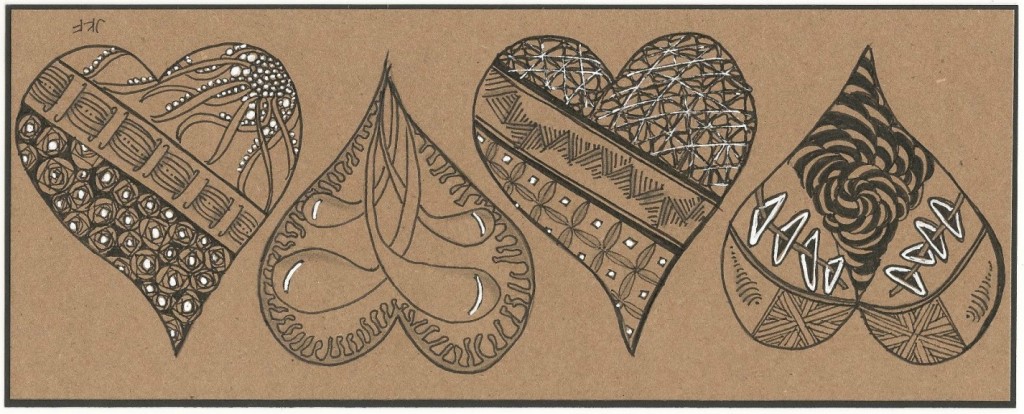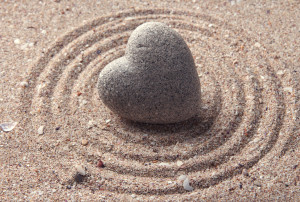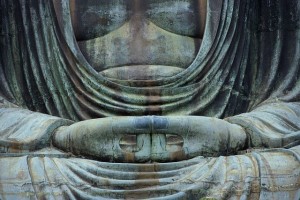Zen masters’ advice to reach Zen state of consciousness (one’s own final abode)
 There are occasions in the study of Zen in which the monk stays with the master for years but no enlightenment come over him despite following the advice of his master faithfully. After many weeks of meditation he cannot come to any result and he is the same old monk with no experience whatever. His disappointment knows no bounds.. He cannot think of going back with no new spiritual outlook to his native land. He is then the most miserable man in the world, utterly dejected in spirit and body. The Zen masters out of their experience give advice purporting to help monks to solve their koan and to create what may me called the Zen state of consciousness. [koan is a succinct paradoxical statement or question used as a meditation discipline for novices]
There are occasions in the study of Zen in which the monk stays with the master for years but no enlightenment come over him despite following the advice of his master faithfully. After many weeks of meditation he cannot come to any result and he is the same old monk with no experience whatever. His disappointment knows no bounds.. He cannot think of going back with no new spiritual outlook to his native land. He is then the most miserable man in the world, utterly dejected in spirit and body. The Zen masters out of their experience give advice purporting to help monks to solve their koan and to create what may me called the Zen state of consciousness. [koan is a succinct paradoxical statement or question used as a meditation discipline for novices]
The master Pang-jo’s advice: “When your mind is steadily and intensely and without interruptions on the koan, you will begin to unconscious of your bodily existence, while the koan occupies the center of your consciousness. At this stage, however, you have to be careful not to give up yourself to unconsciousness, for you are sometimes apt to astray as in a dream and induce a state of insanity. Do never let your hold go off the koan, let the latter be present all the time in your consciousness. The time will come when together with the koan everything vanishes out of your mind including the mind itself. At this very instant, as when a bean pops out of the cold ashes, you realise that “while Chang is drinking Li becomes tipsy”.
 Ku-mai Yu’s advice: “What is needed in the beginning of your exercise is to stir up your spunky spirits and be most resolutely determined to go on with your task. Summarily making a bundle of all you have hitherto understood or learned together with your Buddhist knowledge, your literary accomplishment, and your clever manipulation of words, sweep it off once for all into the great ocean; and never think of it again. Gathering up eighty four thousand thoughts into a seat, which enter into every hidden corner of your consciousness, squat on it, and strive to keep your koan all the time before your mind. Once lifted up before the mind, never let it slip off; try to see all the persistent you find in yourself into the meaning of the koan given to you, and never once waver in your determination to get into the very bottom of the matter. Keep this up until a state of satori breaks upon breaks upon your consciousness. [satori is the Buddhist term for “awakening; understanding; comprehension”, “seeing into one’s true nature”]. Do not make a guess-work of your koan; do not search for its meaning in the literature you have learned; go straight at it without leaning on any kind of intermediary help; for it is in this way only that you can make for your own home……..”
Ku-mai Yu’s advice: “What is needed in the beginning of your exercise is to stir up your spunky spirits and be most resolutely determined to go on with your task. Summarily making a bundle of all you have hitherto understood or learned together with your Buddhist knowledge, your literary accomplishment, and your clever manipulation of words, sweep it off once for all into the great ocean; and never think of it again. Gathering up eighty four thousand thoughts into a seat, which enter into every hidden corner of your consciousness, squat on it, and strive to keep your koan all the time before your mind. Once lifted up before the mind, never let it slip off; try to see all the persistent you find in yourself into the meaning of the koan given to you, and never once waver in your determination to get into the very bottom of the matter. Keep this up until a state of satori breaks upon breaks upon your consciousness. [satori is the Buddhist term for “awakening; understanding; comprehension”, “seeing into one’s true nature”]. Do not make a guess-work of your koan; do not search for its meaning in the literature you have learned; go straight at it without leaning on any kind of intermediary help; for it is in this way only that you can make for your own home……..”
P’u-yen Tuan-an’s advice: The following is the method to reach one’s own final abode: “All things are reducible to One, and where is this One reducible? Keep this koan in your mind and never allow yourself to think that quietude or state of unconsciousness is the sine qua non in your koan exercise. When you feel confused in your mind so that your power of attention refuses to work its own way, do not try to gather it up again by means of a thought, but mustering your spirits keep up your koan by all means before you.Courage and determination are most in need of at this juncture.
“But if you still feel dull and confused and unable to bring the thought to a focus, get down from the tan and walk for a while somewhat briskly. After a while you will find yourself much refreshed; you will then come back on your cushion and continue your exercise. Suddenly there prevails a state of consciousness in which your koan rises on its own accord before the mind, asking for its own solution and refusing to vanish away from the center of your attention. You do not then know whether you are walking or sitting, your “spirit of inquiry” alone occupies the whole field. This is called the stage of passionlessness or egolessness, but this is not yet an ultimate state; another strong whipping is needed, and you must double the effort to see where after all the One is to be reduced.
“At this stage you do not feel any definite advance made in the “lifting up” of the koan. “The spirit of inquiry” so intensely working out its own way, there is no conscious effort on your part to continue the koan exercise. After a while even this is swept away, and you attain a state of unconsciousness in which there is neither the koan nor the one who holds it. This is what is known as the stage of objectlessness. Is it a final one? No, by no means. Says an ancient master: “Don’t think the state of unconsciousness is the truth itself, for there is another frontier-gate which is now to be broken through.”
“While you are in this state of mind, you happen to hear a sound or to see an object, and the whole thing comes to a sudden end; you have at last touched the ultimate reality. Nothing is left to you at this moment but to burst out into a loud laugh. You have accomplished a final turning and in very truth know that “when the Kuai-chou cow grazes the herbage, the I-chon horse finds its stomach filled.”
Source: The Training of the Zen Buddhist Monk, by: Daisetz Teitaro Suzuki

